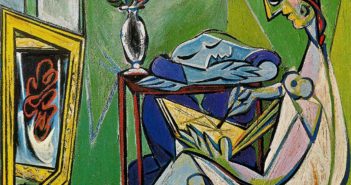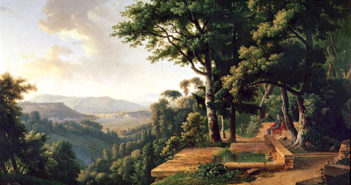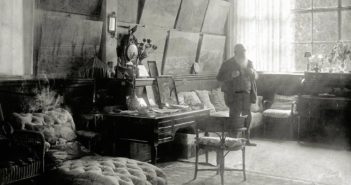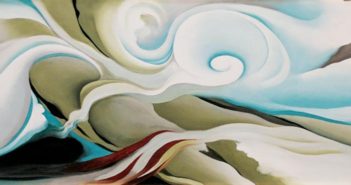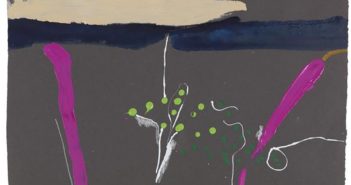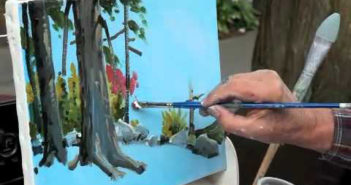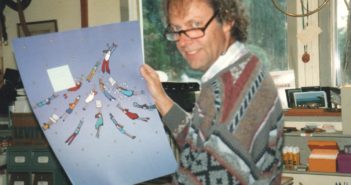
What is quality?
“Shall I tell you what I think are the two qualities of a work of art?” asked Pierre-Auguste Renoir. “First, it must be indescribable and second, it must be inimitable.” With these two celestials in mind, how might we get closer to our own highest expression of quality? And in these days of conceptual spectacle, deskilling and verbosity, how is it even properly measured?

